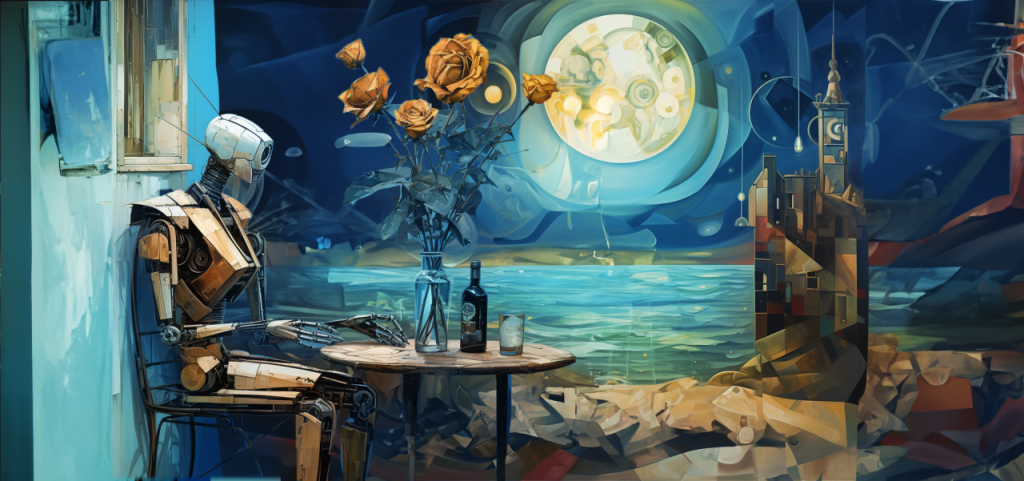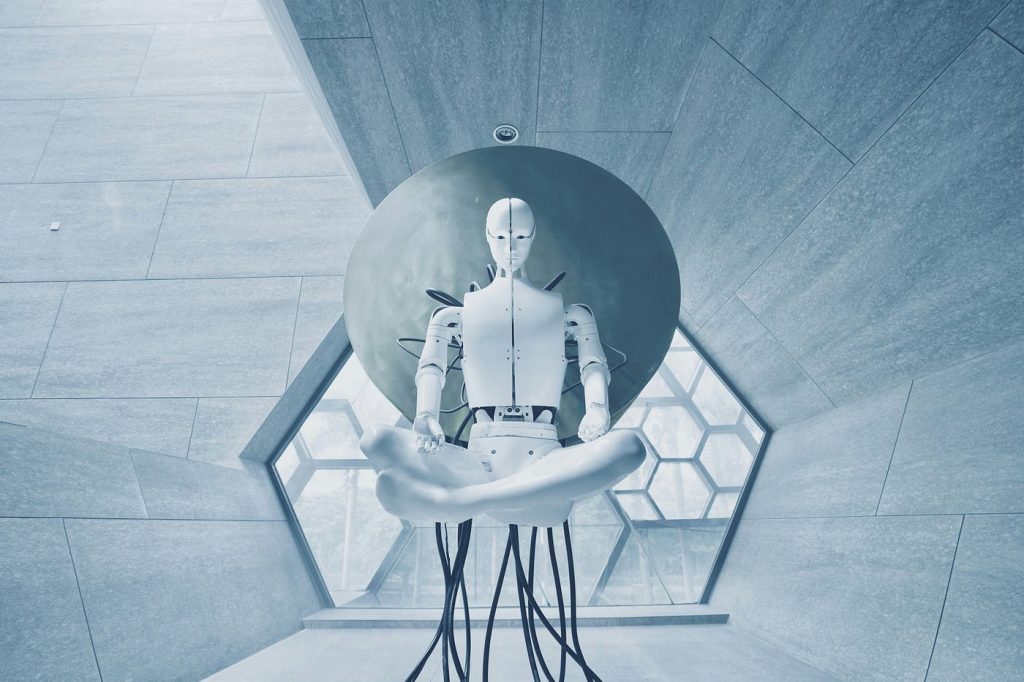
Art, in its many forms, has always been a reflection of society’s evolution, constantly adapting to new mediums and techniques. The digital age has ushered in a revolution that merges creativity with technology, giving birth to an entirely new form of artistic expression: AI-generated art. This fusion of artificial intelligence and creativity has opened up a realm of possibilities, challenging our traditional notions of what art can be and who can create it. From generating intricate portraits to crafting abstract masterpieces, AI art generators are not just tools but harbingers of a new artistic era.
The Rise of AI in the Art World
AI art generators are sophisticated algorithms capable of learning artistic styles and techniques from vast datasets of existing artworks. These algorithms, often based on neural networks, can analyze thousands of images, understanding patterns, styles, and even the emotions conveyed through brushstrokes and colors. This capability allows AI to create original pieces that can mimic the styles of famous artists or generate entirely new aesthetics.
One of the most fascinating aspects of AI art is its ability to democratize creativity. Platforms like https://makepix.ai/ offer users the ability to generate personalized artwork with just a few clicks, removing the barriers of skill and training that traditionally limited art creation to a select few. This democratization has led to an explosion of creativity, with people from all walks of life experimenting with AI-generated art. The result is a diverse tapestry of artworks that reflects a wide range of cultural influences and personal expressions.
Transforming the Artistic Landscape
The impact of AI art generators extends beyond the realm of visual arts. They are also influencing other creative fields such as music, literature, and film. AI algorithms can compose music, write poetry, and even generate movie scripts, pushing the boundaries of what is possible in these industries. For instance, AI-generated music can analyze existing compositions to create new melodies that evoke similar emotions and themes, providing composers with fresh ideas and inspiration.
In literature, AI can assist writers by suggesting plot twists, character developments, and stylistic improvements. This collaboration between human creativity and machine intelligence results in richer, more complex narratives. Similarly, in the film industry, AI can analyze scripts and predict audience reactions, helping filmmakers create more engaging and commercially successful movies. The integration of AI in these creative processes not only enhances productivity but also encourages innovation and experimentation.
Conclusion
As AI art generators continue to evolve, they are reshaping the future of creativity in profound ways. By democratizing art creation, challenging traditional notions of originality and authorship, and influencing various creative industries, AI is opening up new possibilities for artistic expression. The integration of AI and human creativity is not about replacing artists but augmenting their capabilities, allowing them to explore uncharted territories and push the boundaries of what is possible.
